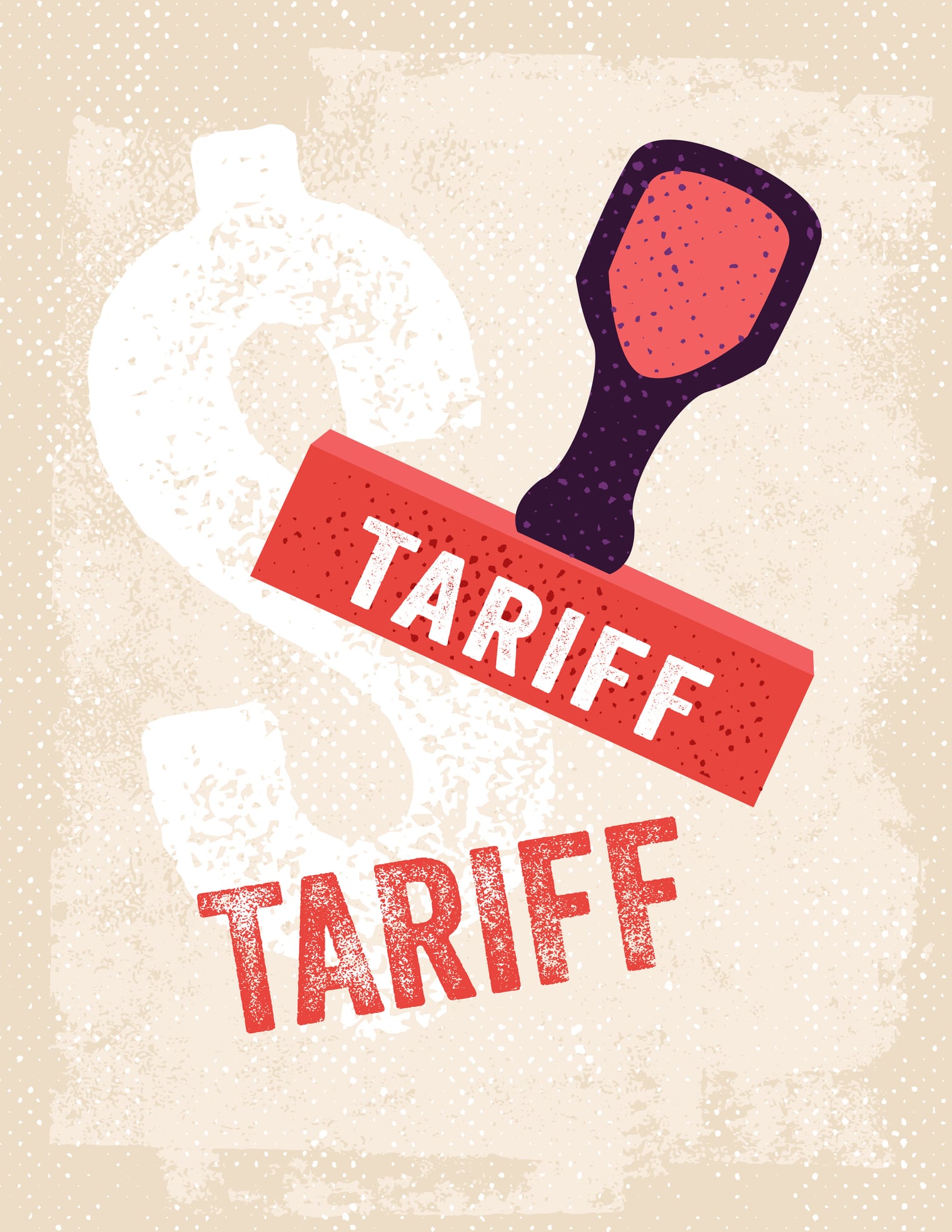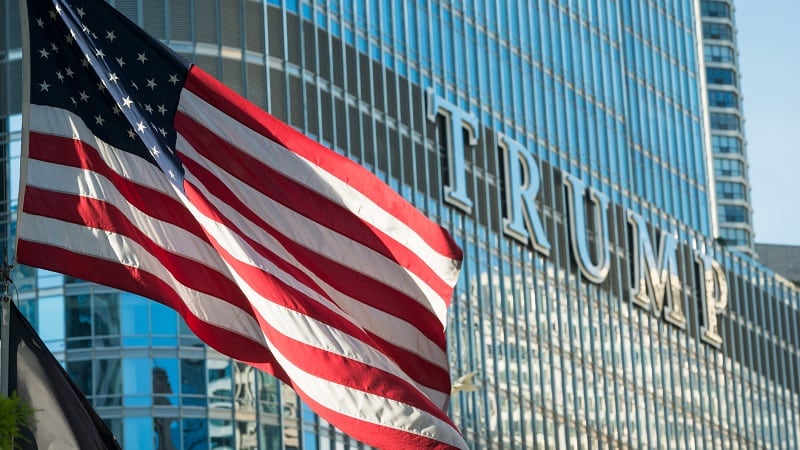The Trump administration has been busy threatening, implementing, and occasionally retracting tariffs for several weeks. The situation is chaotic and news outlets in the US and beyond are struggling to keep abreast of the rapidly changing situation.
At the time of writing, President Trump has announced plans to impose a 10% baseline tariff on all imports to the US, with higher tariffs slated for some of the most important trade partners, including China, Canada and the EU. The US stock market has already dropped more than 1,300 in response to the news, and several nations including the UK, Canada and China have already announced plans for retaliatory or reciprocal tariffs.
Given the fluidity of the situation, it seems likely that the status of tariffs in the US and beyond will have changed somewhat by the time this piece sees the light of day. Moreover, decorated and respected economists such as former Council of Economic Advisers chair Jason Furman and Nobel Laureate Paul Krugman have discussed the likely adverse impacts of these tariffs in the broader, macroeconomic sense. The potential impacts of these tariffs, whether simply threatened or fully imposed on the food supply chain has been less discussed.
Trade policy has direct impacts on our food and beverages choices and what we pay for them. Despite the inflationary challenges of the great recession of 2007-2009 and the COVID-19 impacts of 2020-2022 around the world, in the long run food has become more affordable.
Globally, the price of most of the commodities that form the building blocks of the food supply chain have become significantly cheaper over time in real, inflation-adjusted terms. Since the end of World War II, corn is down 80%, wheat is down 76%, and barley prices have fallen 72%. These price decreases are due to a potent combination of technological progress and global trade. The principle of comparative advantage has been established for decades and, accordingly, a wealth of research has demonstrated that pro-trade policies decrease food prices and food insecurity, particularly in developing nations.
The impact of tariffs on food and drink
The tariffs announced by the Trump administration come at a particularly challenging time for food companies and the global food market. Labour and transportation bottlenecks, severe weather incidents affecting growing regions around the world, and the conflict in Ukraine have all contributed to historic food price inflation and stubbornly high food prices. Consumer sentiment is largely negative, price sensitivity is up, and the cost of food likely played a role in elections around the world in 2024, many of which saw incumbents lose power.
There is a near consensus among economists and market researchers that the proposed and implemented tariffs will increase prices in the US and with trade partners, increasing inflationary pressure. But the potential impacts in the food industry extend far beyond the commodities and products directly subject to tariffs, and any impacts related to the US tariffs will only be deepened and exacerbated by retaliatory efforts on the part of trade partners.
A wealth of research, including recent work that has analysed the tariffs put into place during Trump’s first term, have shown that tariff passthrough rates tend to be low. That is, only a small percentage of the tariff rate manifests directly in retail prices for goods. At first glance, this seems optimistic, but it suggests that the cost of tariffs is born predominantly by firms. Food companies of all types, from manufacturers to wholesalers to retailers, operate on famously slim profit margins, especially when compared to other industries. Tariffs, therefore, present a challenge for food and beverage company at a time when price competition is strong due to consumer backlash and political pressure.
Options for food and drink businesses
This setting leads firms with a series of challenging options for adjusting to tariffs, each of which comes with potential drawbacks and adverse impacts on consumers. Perhaps the most straightforward option is to increase prices on a large variety of products, including those not subject to tariffs, to spread the price increases around and mitigate sticker shock for shoppers. Naturally, this will lead to widespread food price inflation above that which is driven by the usual upstream costs and market fundamentals.
Another option is to reduce operating costs to preserve margins in the face of tariffs that affect the cost of goods purchased. The highest individual cost share for most food and beverage companies is labour, so this is a prime candidate for cuts. The tariffs, therefore, are likely to result in layoffs and reduced shifts for food and beverage companies, likely reducing productivity and operating hours.
Finally, to the extent that multiproduct firms are able to adjust their product mix, firms are likely to reduce or even eliminate their purchases of products affected by tariffs wherever possible, favouring more cost-effective options. This will reduce variety for consumers in both grocery stores and foodservice, which has the potential to impact food choices and dietary quality.
Possible opportunities?
If there is any silver lining related to these tariffs in the food system, it is perhaps the potential benefits for local foods. Locally grown and made foods have been shown to yield benefits for local and rural economies, and in the US and other developed nations the direct-to-consumer (DTC) food marketing channel has been growing by large percentages each year since at least the turn of the century. Local foods are typically perceived as more expensive than conventional foods by most shoppers, but they are poised to become relatively more affordable in the wake of tariffs on imported foods, which could spur further interest and market share for local producers, farmers markets, home vegetable boxes, and other (DTC) mechanisms.
It is worth stressing, however, that the potential for the local food movement in the US, UK and much of the world to ramp up production and substitute for imported goods that benefit from economies of scale is limited.
The tariffs being proposed and implemented by the Trump administration are very likely to distort food markets, damage longstanding trade relations, increase food prices, and cause economic harm to both food companies and shoppers, especially the disadvantaged.
Food and beverage companies around the world, and the trade associations that represent them in the halls of government, should speak against them in a united voice and, as needed, use data to demonstrate the adverse impacts they are having as they are rolled out and take effect.





